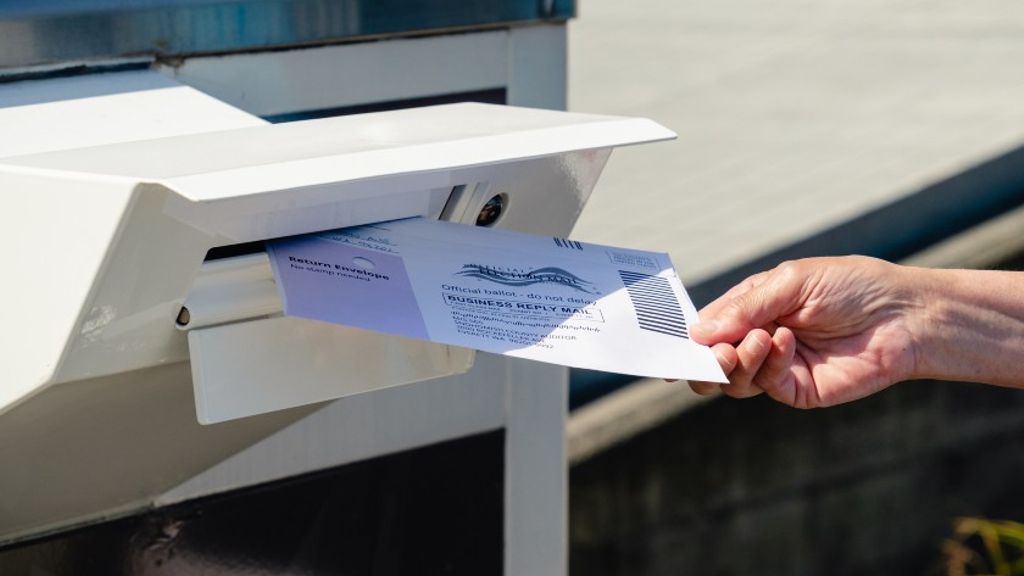A leading American expert in influenza viruses discovered that early sequences of the novel coronavirus (CCP virus) genome were deleted at the request of researchers in China, which was confirmed by the U.S. National Institutes of Health (NIH).
The NIH, which hasn’t yet responded to The Epoch Times’ request for comment, told the Wall Street Journal that it deleted the sequences after a Chinese researcher requested the U.S. agency to do so, explaining that the researcher had submitted the sequences three months earlier. The statement said the scientist wanted the data removed in June 2020 because an updated version of the sequences was uploaded to another unspecified database.
“Submitting investigators hold the rights to their data and can request withdrawal of the data,” the NIH said in a statement to the paper.
Professor Jesse Bloom, a COVID-19 researcher from the Fred Hutchinson Cancer Research Center in Seattle, wrote in a non-peer-reviewed paper that the missing data entailed sequences of virus samples that were obtained in Wuhan, China, from patients who were hospitalized or were suspected of having COVID-19.
Bloom wrote in an abstract posted online Tuesday that he identified a data set containing sequences of SARS-CoV-2, another name for the CCP (Chinese Communist Party) virus, that was taken early on in the Wuhan epidemic and deleted from NIH’s database.
According to his abstract, Bloom recovered “the deleted files from the Google Cloud, and reconstruct[ed] partial sequences of 13 early epidemic viruses.”
Then, after a phylogenetic analysis of these sequences, the “data suggests that the Huanan Seafood Market sequences that are the focus of the joint WHO-China report are not fully representative of the viruses in Wuhan early in the epidemic,” he wrote, referring to the widely criticized report from the World Health Organization earlier this year that blamed animals—rather than a laboratory leak—for the origin of the pandemic.
“Instead,” Bloom wrote, “the progenitor of known SARS-CoV-2 sequences likely contained three mutations relative to the market viruses that made it more similar to SARS-CoV-2’s bat coronavirus relatives.”





